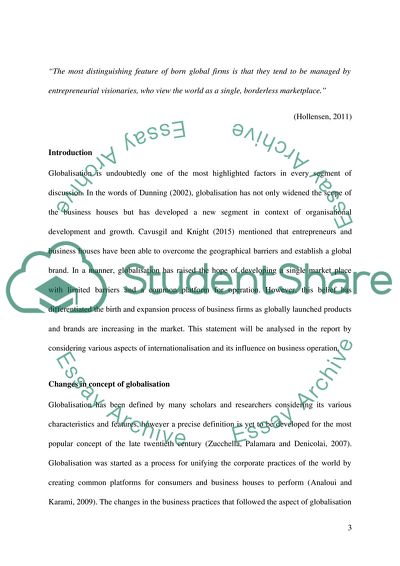Cite this document
(Born global 02223 Essay Example | Topics and Well Written Essays - 2000 words, n.d.)
Born global 02223 Essay Example | Topics and Well Written Essays - 2000 words. https://studentshare.org/marketing/1863550-born-global-02223
Born global 02223 Essay Example | Topics and Well Written Essays - 2000 words. https://studentshare.org/marketing/1863550-born-global-02223
(Born Global 02223 Essay Example | Topics and Well Written Essays - 2000 Words)
Born Global 02223 Essay Example | Topics and Well Written Essays - 2000 Words. https://studentshare.org/marketing/1863550-born-global-02223.
Born Global 02223 Essay Example | Topics and Well Written Essays - 2000 Words. https://studentshare.org/marketing/1863550-born-global-02223.
“Born Global 02223 Essay Example | Topics and Well Written Essays - 2000 Words”. https://studentshare.org/marketing/1863550-born-global-02223.


